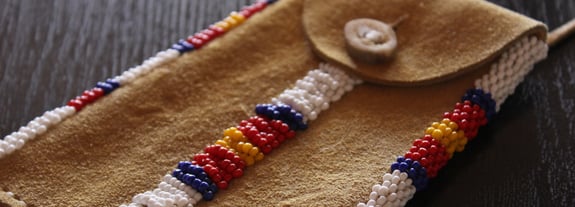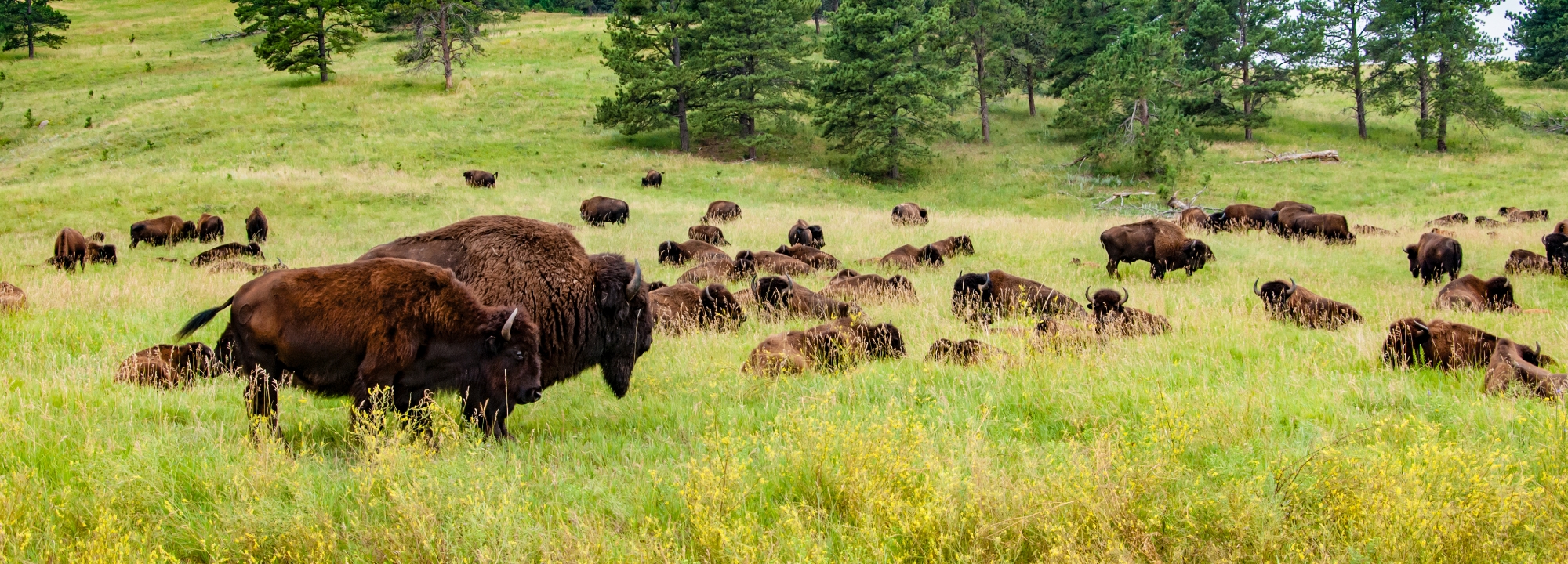
Sacred Ċanśaśa
Ċanśaśa is a tradition that is sacred to our culture. Unlike commercial tobacco, it's not harmful, unnatural or addictive.
Ċanśaśa from the Earth
It is made from the inner bark of the sacred red willow. It may also contain a mixture of herbs, berries, kinnikinnik, bear root, rosehips, petals, grape leaves or white ash.
Ċanśaśa connects us with the spirit world and those around us.
Gathering, preparing and using ċanśaśa is a sacred tradition passed down for generations. It brings those you love together and helps form a bond.
Lakota and Dakota people pray with ċanśaśa to the Four Directions and Ťuŋkaśila (the Great Spirit). When it is smoked in a sacred pipe, it is not inhaled into the lungs. The person smoking prays while savoring smoke in the mouth. When exhaled, the prayers are carried up with the smoke.
Commercial Tobacco
Ċanśaśa is the traditional tobacco used by the Lakota and Dakota people. Traditional tobacco has been used by tribes of the Great Plains for centuries as a medicine with cultural and spiritual importance.Source
Actually, ċanśaśa is not tobacco at all. Use of the phrase “traditional tobacco” may have come about because ċanśaśa is sometimes burned in a pipe, which looks similar to smoking commercial tobacco.
The poisons and nicotine in commercial tobacco have made us sick and weak and robbed our people of the Great Spirit’s sacred gift. It’s time to reclaim our culture and stop supporting using commercial tobacco.
It is a personal choice. It always has been. You choose between allowing commercial tobacco companies to take advantage of our traditions—or being healthy and keeping tobacco sacred. The future depends on your choice, your voice, your breath. You make the difference.
Commercial Tobacco is Not Sacred
Ċanśaśa is not the same as commercial tobacco like cigarettes, chew or vape. It does not contain addictive nicotine, and it is never inhaled into the lungs.
In the past, it was illegal to practice our sacred ceremonies. The practice of harvesting and using ċanśaśa was lost to many of our Lakota and Dakota people, so we used commercial tobacco as a replacement. In 1978, the American Indian Freedom of Religion Act restored the right to practice our sacred traditions.
Traditional
Not inhaled
Sacred
Not easy to get or convenient, scarce
Simple, humble, common, not flashy
Spiritual
Not addictive
Natural/Ikċe (wild, in a state of nature)
No additives & absence of negative health consequences
Used in a respectful manner
Red
Deliberative, thoughtful
Appropriateness
With awareness
Used in moderation
Generosity
Commercial
Inhaled
Not sacred
Easy & convenient
Fast/rushed
For profit
Addictive
Unnatural, processed, has additives, harmful
Diseases related to product include cancer, emphysema, heart disease, breathing problems, pre-term birth, mouth cancer, SIDS
Not used with respect
Brown
Broad consumption by general population
Recreational
For pleasure
Casual
ĊANŚAŚA IS PREPARED WITH GREAT RESPECT
In South Dakota, red willow can be found along creek beds. Ċanśaśa is gathered in the wintertime, between December and March, after the last thunder and before the thunder beings come. It is during this time that the sap is in the roots and ċanśaśa will taste best.
Each tribal community or family may have their own specific traditions related to harvesting and preparing ċanśaśa, but in general our people follow this process:
- Harvest the Branches
- Soak the Branches
- Shave the Outer and Inner Bark
- Dry the Shavings of the Inner Bark
- Only harvest big branches, so the smaller ones can grow to be cut later.
- When cut, leave the roots intact. If the root is removed, it destroys the plant and it will not grow back.
- Often, the branches are soaked in tubs of water to make them easier to shave and cut.
- This can be done overnight or for a few days before processing.
- Shave the red outer bark off of each branch.
- The green inner bark will then be exposed.
- Shave the green inner bark into strips.
- Dry the shavings by hanging or laying it out to dry.
- Some elders prefer it to dry it slow. So, they let it dry in a cool, dark place to maintain its quality.

Reach out to tribal leaders, elders or a cultural preservation office if you need help locating red willow or have questions about its preparation.
Types
Ċanśaśa can be used for prayer, such as in a tobacco tie—a small, sacred bundle of tobacco. Other uses include ceremonial, social, smudge, medicinal, gifts and for trade.
In earlier years, a handful of ċanśaśa would be traded for a horse. It was seen as gold to our people because of its scarcity.
- When burned, the sacred herbs cleanse the spirit and body
- Smudging also blesses the environment
- Used to clean cuts, wounds or burns
- Relieves headache, flue, soreness, ear infection or muscle ailments
- Helps individuals stay sober, happy and stronger spiritually and puts people on the ċaŋku luta (red road; to be on a good path)
- A way of saying thank you and exchanged for what is being asked
- Wamakaśkaŋ oyate (the animal kingdom in general; all things that move on the earth)
- Spirits
- Medicine Man
- Drum
- Seven Directions
- Ťuŋkaśila (God, the Supreme Being, or Great Spirit)
- Tribal, political or diplomatic gatherings
- Marriage counseling
- Binder of contract with treaties (i.e., 1860 Treaty)
- Bonding with family and friends
- Source of connection for the Lakota and Dakota people
- Opaġi (fill a pipe with tobacco)
- Offering as a gift to the spirits
- Strengthening the house or Tipi
- A form of binding a contract
- Marriage and naming ceremonies
- Wopila (thanks, joy, gladness)
- Vision Quest
- Seven Sacred Rites
- Sundances

LAKOTA CREATION STORY
One day, while the men were out hunting buffalo, the women and children were in camp. It was the end of August, and the choke cherries were ripe enough for picking. The women gathered their children and brought along some beautiful beaded tipi bags to collect this season’s choke cherries along the river. They collected into the evening when they heard the men returning to camp from hunting. All the children were accounted for except one. Ċanśaśa—no one could find him.
One of the older women returned to camp to let the men know the boy was missing. The entire encampment searched along the river for Ċanśaśa. The last anyone saw him was near this giant cottonwood tree with large branches that the children jumped off of into the water during hot, summer days. It was starting to get dark, and everyone gathered under the tree.
Under the tree was this beautiful shrub with bright, red branches. Everyone gathered in amazement. The Medicine Man pushed his way to the front of the crowd toward the bush. He said, ‘This is Ċanśaśa—he sacrificed himself for our people. We will use him in our prayers and smoke him in our pipes so that our prayers are carried to the spirits in the smoke.”
The crowd stunned, stepped back. The Medicine Man stated, “We will not collect his bark until after the last thunder and before the first thunder. That is when ċanśaśa is the most powerful. We will use ċanśaśa to heal our people and to come together in hard times. Ċanśaśa is not to be taken for granted—he is a gift from our creator.”
Taken with respect from Sacred Willow: Keeping Tobacco Traditional




